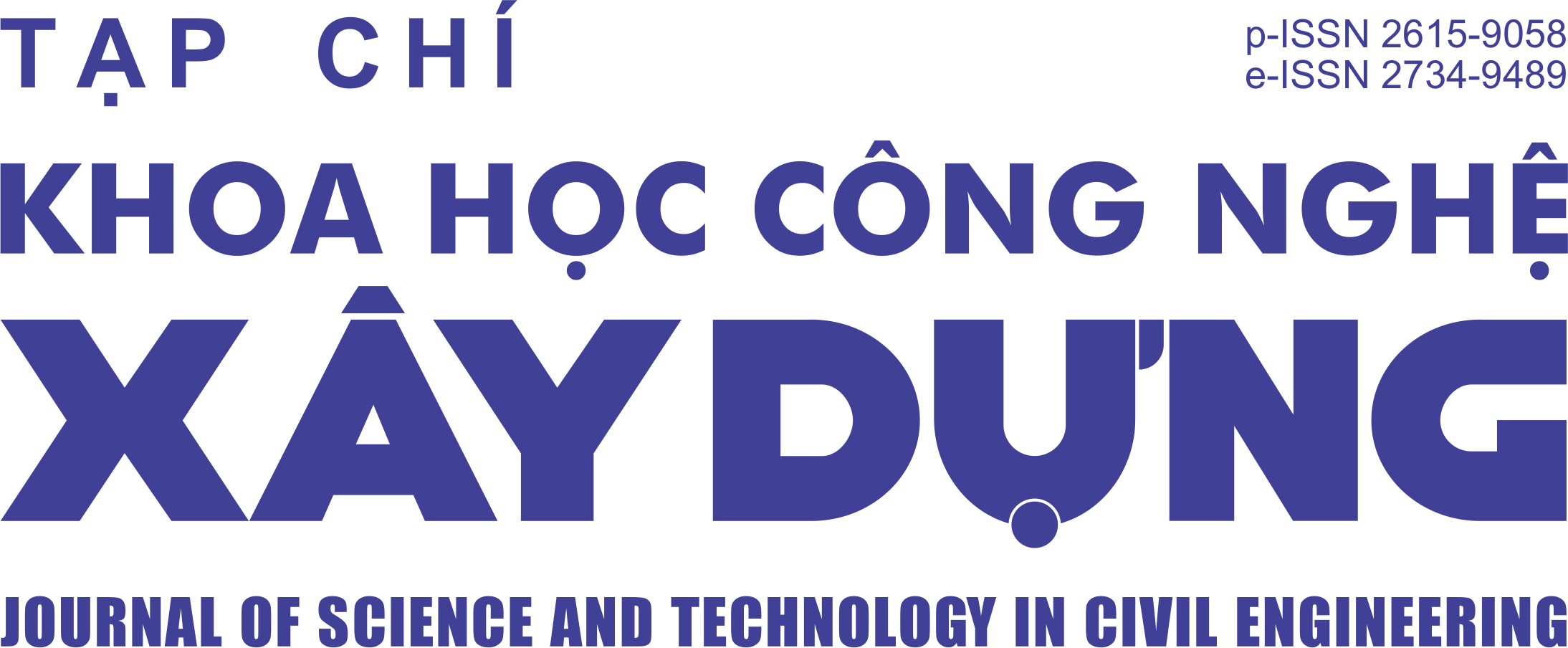Equivalent-inclusion approach for estimating the effective elastic moduli of matrix composites with arbitrary inclusion shapes using artificial neural networks
Abstract
The most rigorous effective medium approximations for elastic moduli are elaborated for matrix composites made from an isotropic continuous matrix and isotropic inclusions associated with simple shapes such as circles or spheres. In this paper, we focus specially on the effective elastic moduli of the heterogeneous composites with arbitrary inclusion shapes. The main idea of this paper is to replace those inhomogeneities by simple equivalent circular (spherical) isotropic inclusions with modified elastic moduli. Available simple approximations for the equivalent circular (spherical) inclusion media then can be used to estimate the effective properties of the original medium. The data driven technique is employed to estimate the properties of equivalent inclusions and the Extended Finite Element Method is introduced to modeling complex inclusion shapes. Robustness of the proposed approach is demonstrated through numerical examples with arbitrary inclusion shapes.
Keywords:
data driven approach; equivalent inclusion, effective elastic moduli; heterogeneous media; artificial neural network.
Downloads
Copyright (c) 2020 National University of Civil Engineering

This work is licensed under a Creative Commons Attribution-NonCommercial-NoDerivatives 4.0 International License.
1. The Author assigns all copyright in and to the article (the Work) to the Journal of Science and Technology in Civil Engineering (JSTCE) – Hanoi University of Civil Engineering (HUCE), including the right to publish, republish, transmit, sell and distribute the Work in whole or in part in electronic and print editions of the Journal, in all media of expression now known or later developed.
2. By this assignment of copyright to the JSTCE, reproduction, posting, transmission, distribution or other use of the Work in whole or in part in any medium by the Author requires a full citation to the Journal, suitable in form and content as follows: title of article, authors’ names, journal title, volume, issue, year, copyright owner as specified in the Journal, DOI number. Links to the final article published on the website of the Journal are encouraged.
3. The Author and the company/employer agree that any and all copies of the final published version of the Work or any part thereof distributed or posted by them in print or electronic format as permitted herein will include the notice of copyright as stipulated in the Journal and a full citation to the Journal as published on the website.







